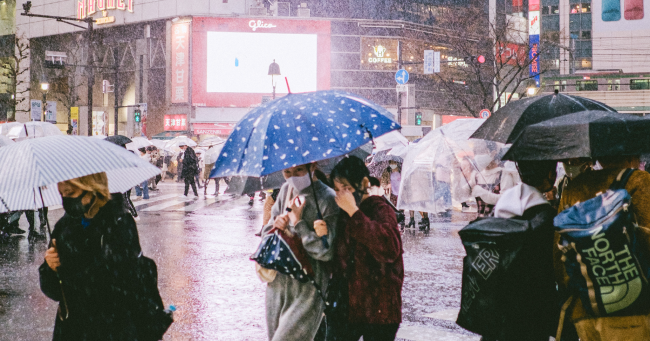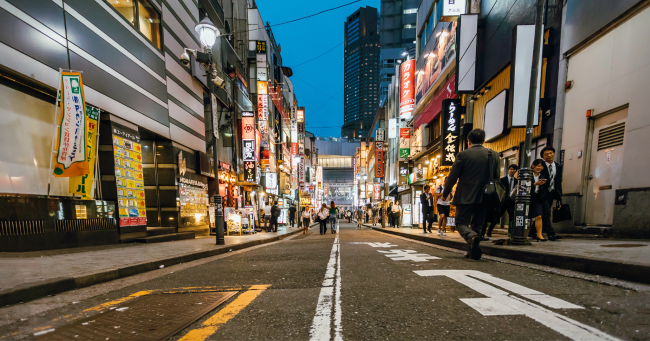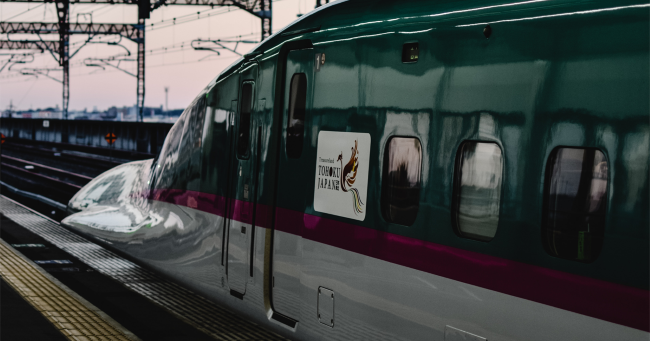またコロナ
Japanese people act in groups
Japanese people live their lives being aware of their surroundings. Essentially, they do not like to act independently of others. Even if it is against the law to do something, they will act in a similar manner as others. For example, people do not see a problem with jaywalking if they see other people crossing. The phrase "if everyone crosses together, there is nothing to be afraid of" became popular around 1980, and effectively describes how many Japanese people act in groups.
When the Covid pandemic struck Japan, almost everyone began wearing masks when going out, even though the government had told people that they do not need to wear them outdoors. This is an extreme example, but Japan is a country where trends come and go. When a trend begins, everyone follows suit. There have been many fads in fashion, hairstyles, colors, toys, songs, and TV shows. These trends spread quickly, and just as fast as they arrive, they abruptly go out of fashion.
This, of course, leads to travelers from abroad inevitably standing out. I also believe there are many occasions in which people do not know how to act in Japan. In these instances, try to carefully observe what people around you are doing and decide what you should do. In Japanese society, being inconspicuous may be the quickest way to be accepted.
sign up for the Japanese-Online Newsletter
__..-・**・-..__..-・**・-.._ あいうえお かきくけこ さしすせそ たちつてと なにぬねの はひふへほ まみむめも やいゆえよ らりるれろ わゐうゑを ん __..-・**・-..__..-・**・-.._
#JapaneseOnline #LearningJapanese #FreeJapaneseLessons #JapaneseVideoLearning #JapaneseAnime #Anime #JapaneseFood #Bloguru











No Latest Comments